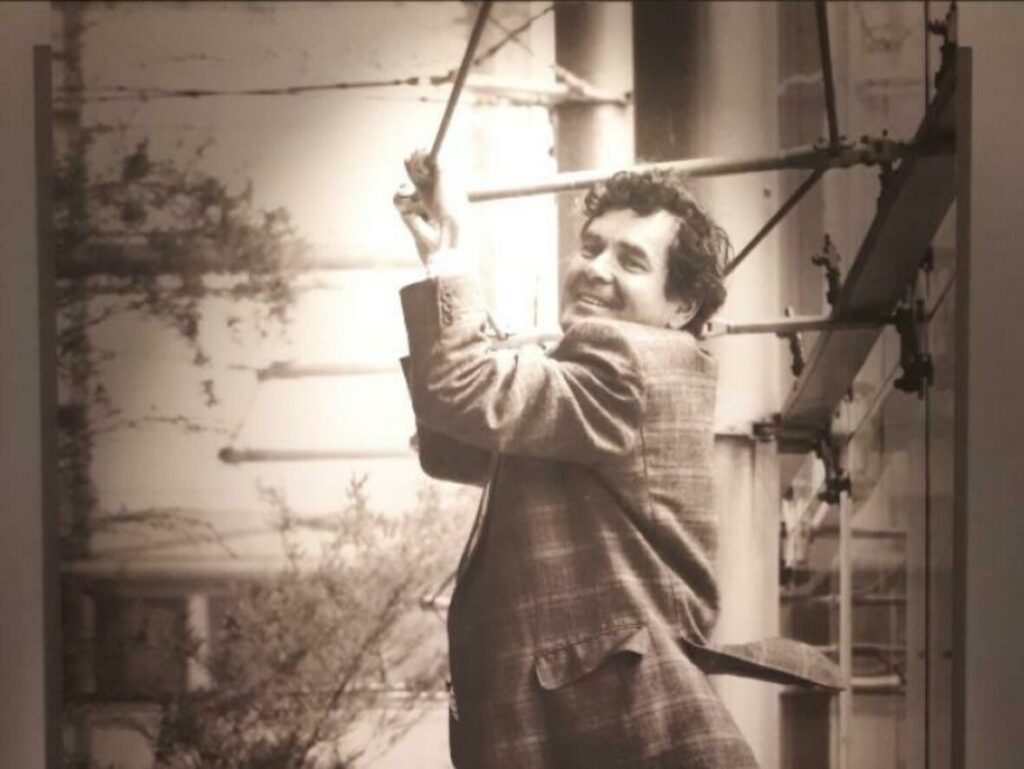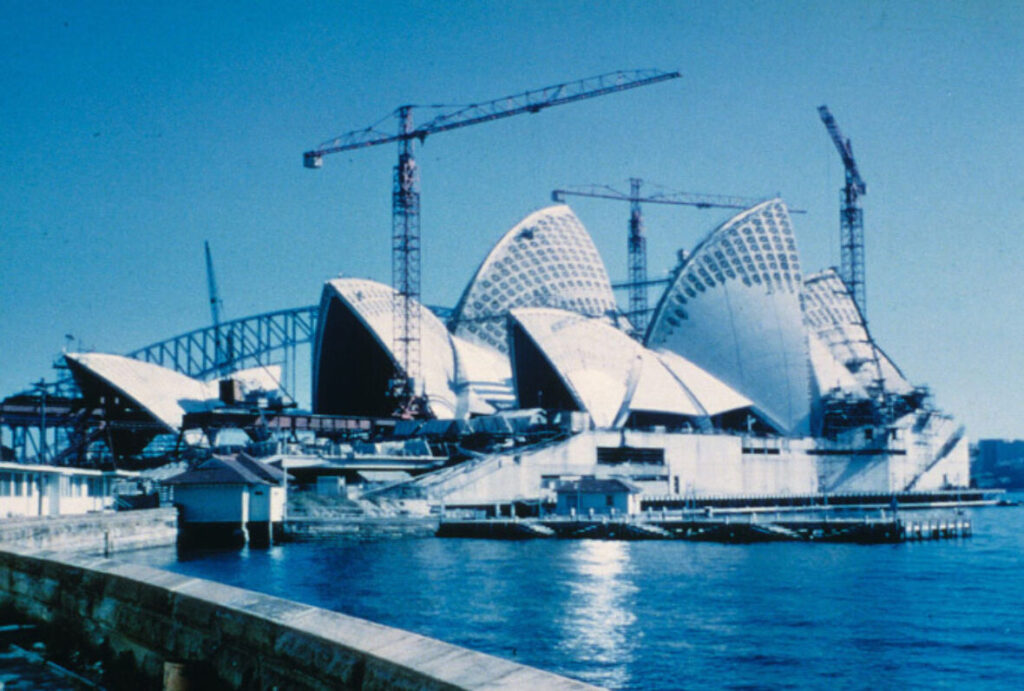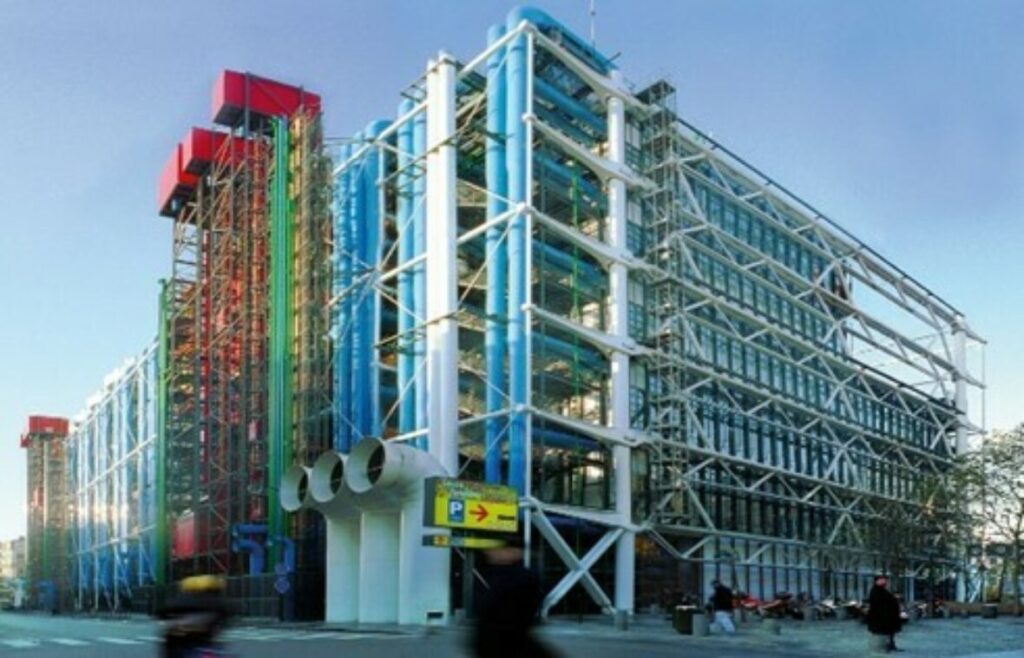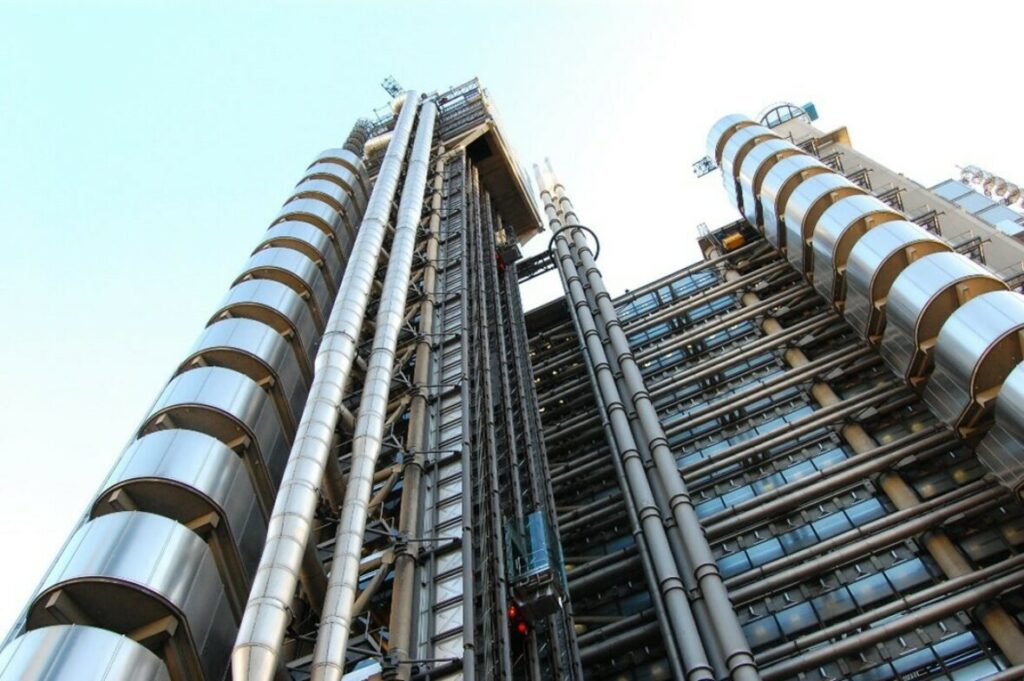Peter Rice

This month’s article is about Dublin’s famous structural engineer Peter Rice. Irelands most well-known structural engineer, Peter was one of the most imaginative structural engineers of the 20th century.
Peter original studied aeronautical engineering but switched to civil engineering and obtained his degree from Queen’s University Belfast from here he joined Arup and Partners and begin to work on the design of the Sydney Opera House. He saw out the construction of the Sydney Opera House as resident engineer.

After finishing up in Sydney Rice returned to England to work with Arup. They entered a competition for the Pompidou Centre which was held by the French government in 1971. Arup and Rice’s team won the competition with an out of the ordinary design which turned a traditional building inside out with all the services and structure on show plus splashes of colour.

Rice joined another project in 1978 working with Norman Foster on the Lloyds of London building. This project was like the Pompidou in France, the building was innovative in having all the services on show and its famous 12 glass lifts you can see running up and down the building.

Throughout Peter Rice’s career, he designed several magnificent structures and had a real contribution to engineering and architecture with his creations.
- The Sydney Opera House
- National Sports Centre, Crystal Palace
- Conference Centre, Mecca
- Centre Pompidou (Beaubourg), Paris
- Jumbo jet hangar, Johannesburg
- TGV Station Lille
- Umbau des Louvre, Paris
- Stansted Airport
- Umbau des Louvre, Paris
- De Menil Collection, Houston
- IBM Pavillon
- Kansai International Airport
- Pabellón del Futuro, Seville
Renzon Piano world famous architect that worked with Peter once said “Peter Rice is one of those engineers who has greatly contributed to architecture, reaffirming the deep creative interconnection between humanism and science, between art and technology’’.
An award-winning structural engineer who won the royal gold medal for architecture by the Royal Institute of British Architects in 1992, he was the second engineer to receive the award.
